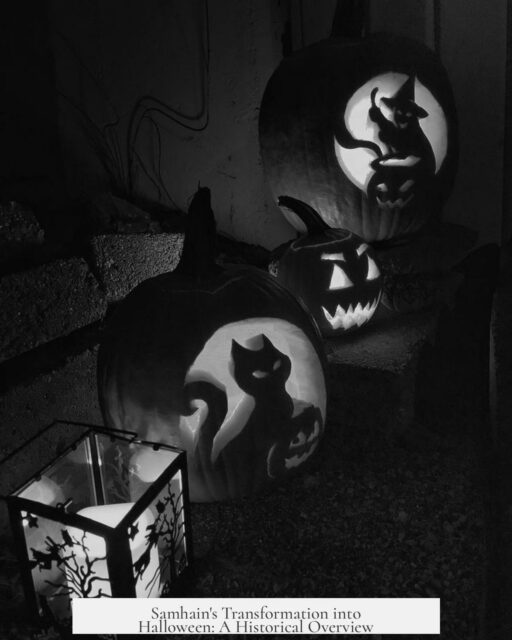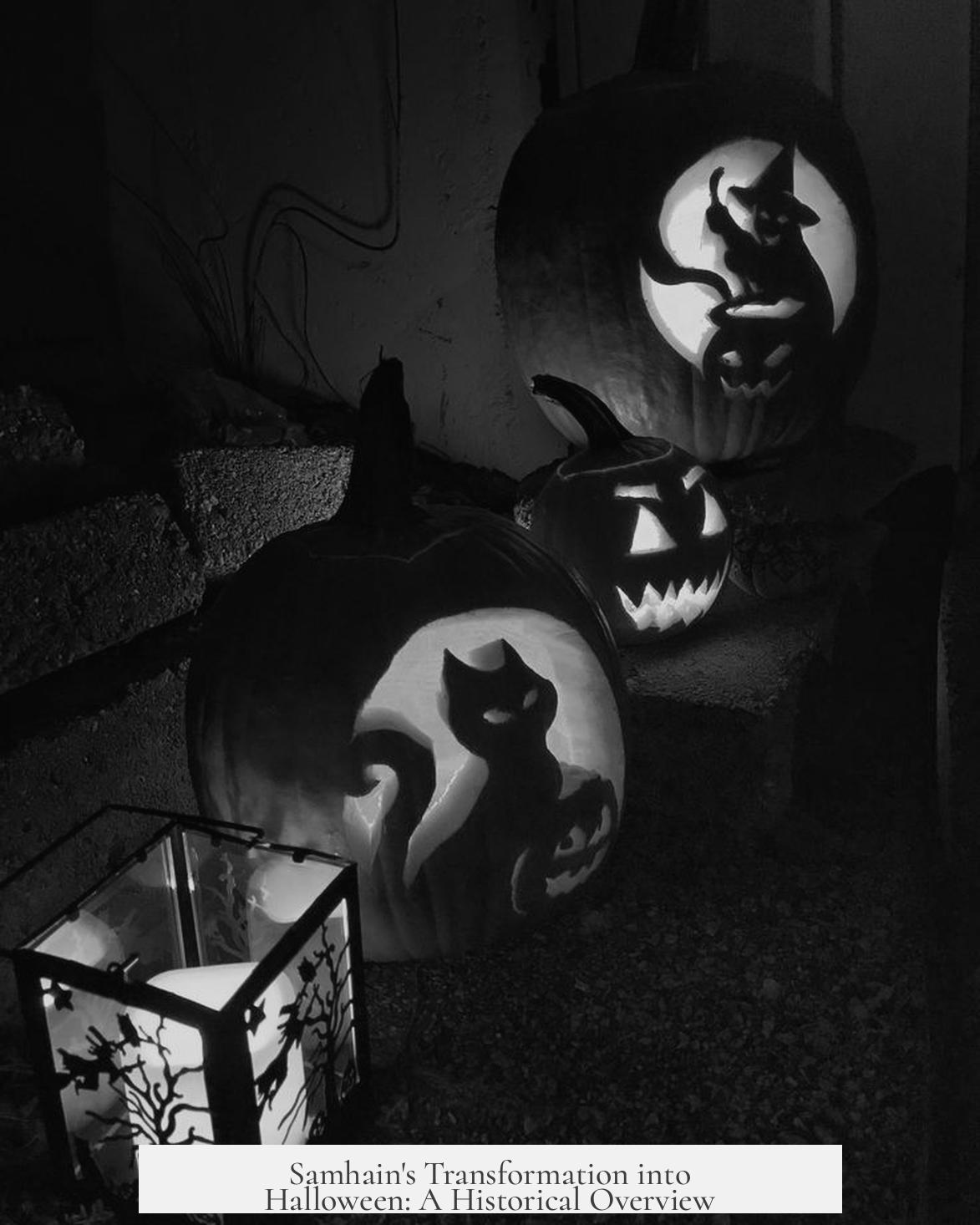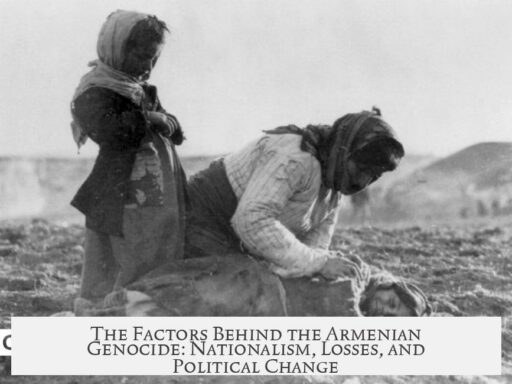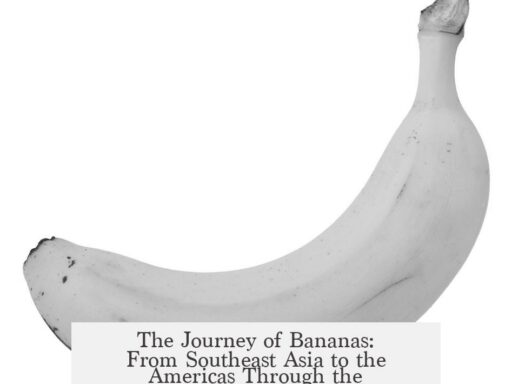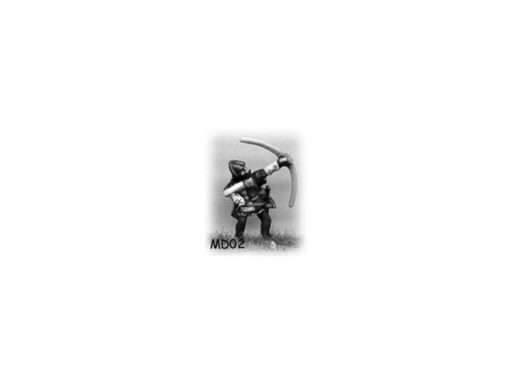The name “Halloween” originates from “All Hallow’s Eve,” the Christian night before All Saints’ Day, established around the 10th century. Samhain, an older Celtic festival celebrated near the same date, influenced some Halloween customs, but the two remain distinct. Halloween became popularly known as such during the 20th century, especially in the United States, before spreading globally.

Samhain, rooted in pre-Christian Celtic tradition, appears primarily in medieval Irish writings. It was a multifaceted event lasting up to a week. Activities ranged from legal gatherings and councils to feasts and social occasions. These took place around the end of October and beginning of November. Samhain’s focus was practical and communal, rather than spooky.
This contrasts with modern Halloween, which revolves around themes of fright, costumes, and trick-or-treating. The hallmark “spooky” elements were largely absent in Samhain records. Though spirits and otherworldly beings may have been part of Samhain beliefs, the macabre display typical of today’s Halloween developed later.
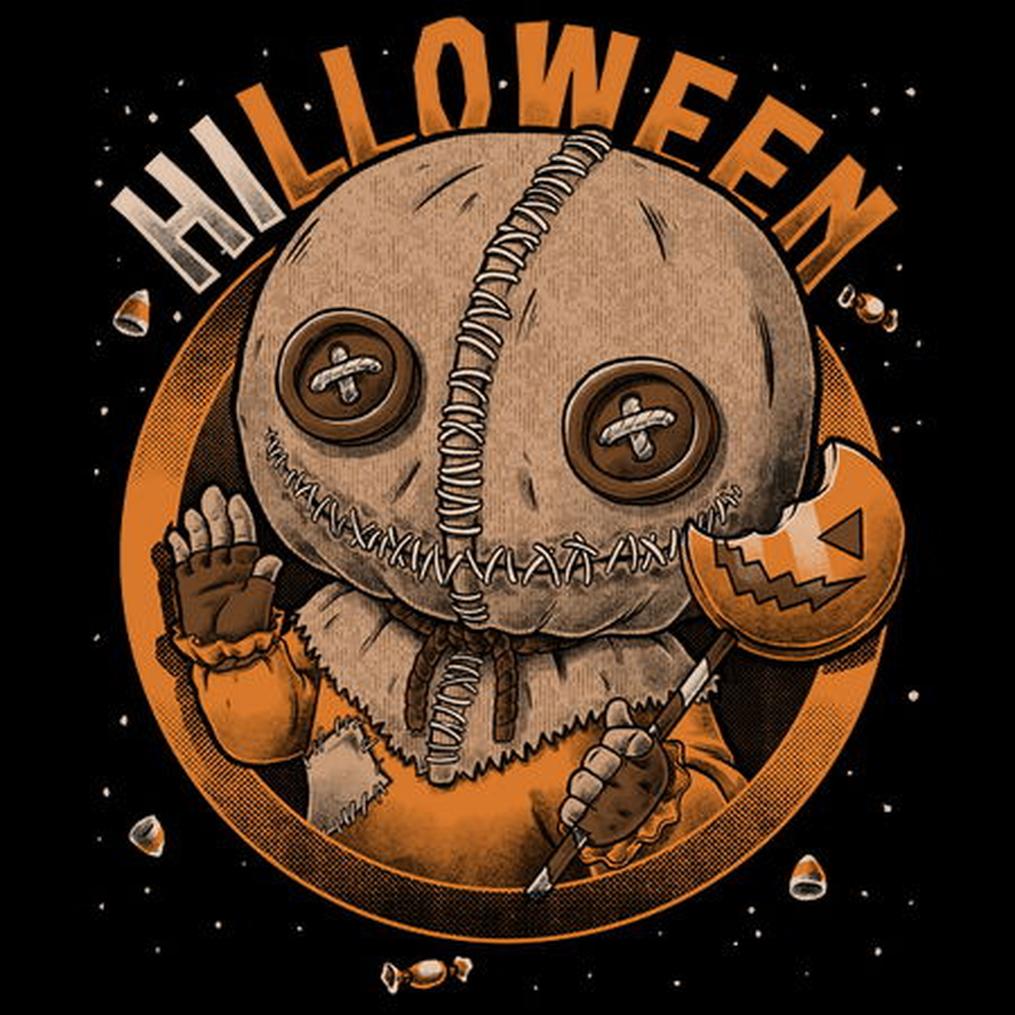
Some early modern Samhain customs, such as dressing up in costumes and going from house to house, are comparable to modern Halloween traditions. However, in earlier times, such activities resembled caroling more than “trick-or-treating.” House-to-house visits with singing were common for various festivals across the British Isles, not unique to Samhain.
Halloween itself emerged from the Christian practice marking the evening before All Saints’ Day on November 1st. The term “Halloween” or “All Hallow’s Eve” denotes this connection. Before the 10th century, some European regions marked similar celebrations in spring, so the modern date was a later consolidation.
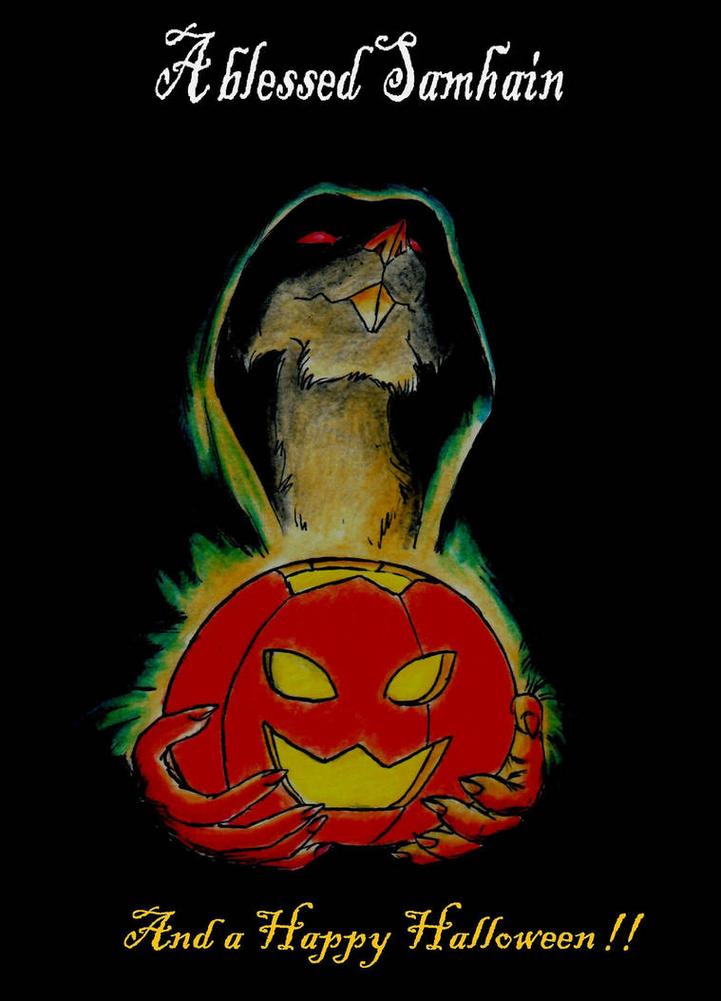
Over centuries, the Christian celebration absorbed elements of local, pre-Christian festivals, including Samhain customs. The resulting Halloween melded different traditions: some residues of Samhain, Christian ritual observance, and folk customs of various European origins. In time, Halloween became more secular and less religious.
In the United States, Halloween’s popularity surged in the 20th century. Immigrants from Ireland and Scotland helped transmit folklore and customs. The holiday introduced new components like commercial decoration, jack-o’-lanterns (from carved pumpkins, replacing original vegetables), and widespread trick-or-treating. These innovations shaped the modern image of Halloween.
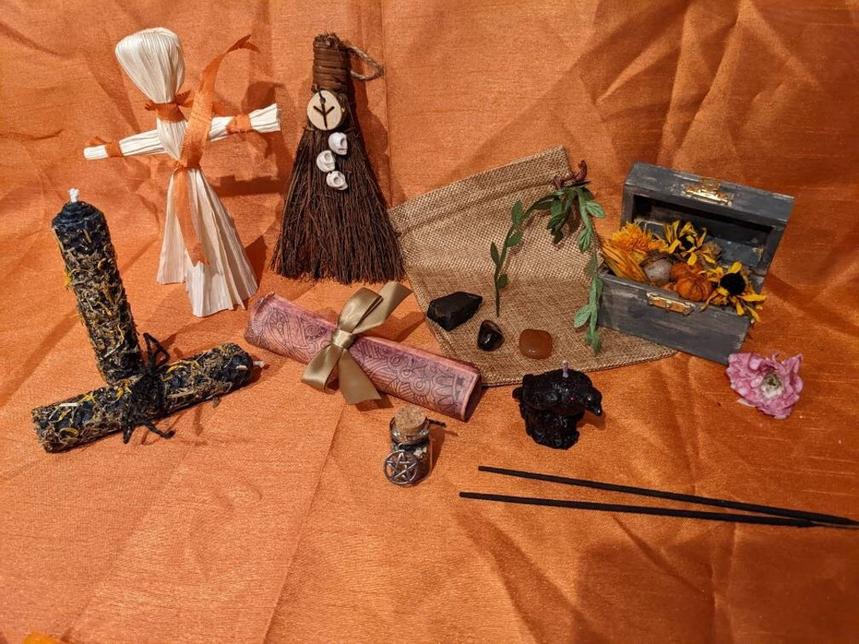
Today, Halloween exists mainly as a secular festival. While some practices derive from early modern British Samhain celebrations, many traditions are modern inventions or adaptations. Haunted houses and horror films are purely contemporary and strongly tied to Halloween’s identity in popular culture.
| Key Differences | Samhain | Halloween |
|---|---|---|
| Origin | Pre-Christian Celtic festival | Christian All Hallow’s Eve (10th century onward) |
| Focus | Communal gatherings, legal meetings, feasting | Spookiness, costumes, candy, secular celebration |
| Practices | House visits with singing, feasts | Trick-or-treating, pumpkin carving, horror themes |
| Popularity timeline | Ancient to medieval times; localized | Popularized widely 20th century, especially USA |
In summary, Halloween became popularly known by its current name during the 20th century, mainly due to American commercialization and cultural expansion. Its name derives from a Christian feast established in the 10th century. Samhain influenced some customs but remained a separate and older Celtic festival without the trademark Halloween features.
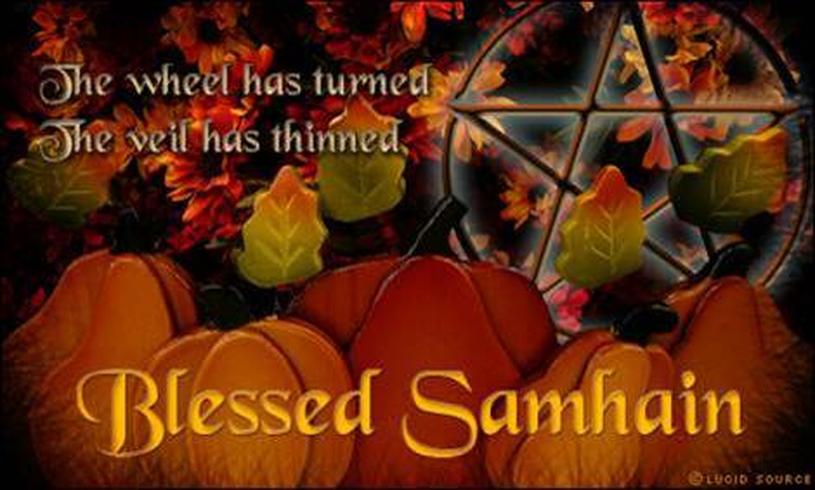
- “Halloween” means “All Hallow’s Eve,” the evening before November 1st, a Christian holy day from the 10th century.
- Samhain is a pre-Christian Celtic event with communal and legal activities, not primarily spooky or commercial.
- Modern Halloween includes elements from Samhain, Christian observances, and new cultural inventions.
- Halloween’s popularity grew mainly in the 20th-century United States before spreading elsewhere.
When did Samhain become popularly known as “Halloween”, and why?
Simply put, Halloween as a named holiday didn’t emerge directly from Samhain but evolved from the Christian celebration of All Hallow’s Eve established around the 10th century, gradually borrowing some Samhain customs, especially in the British Isles, and it became popularly called “Halloween” only in the 20th century.
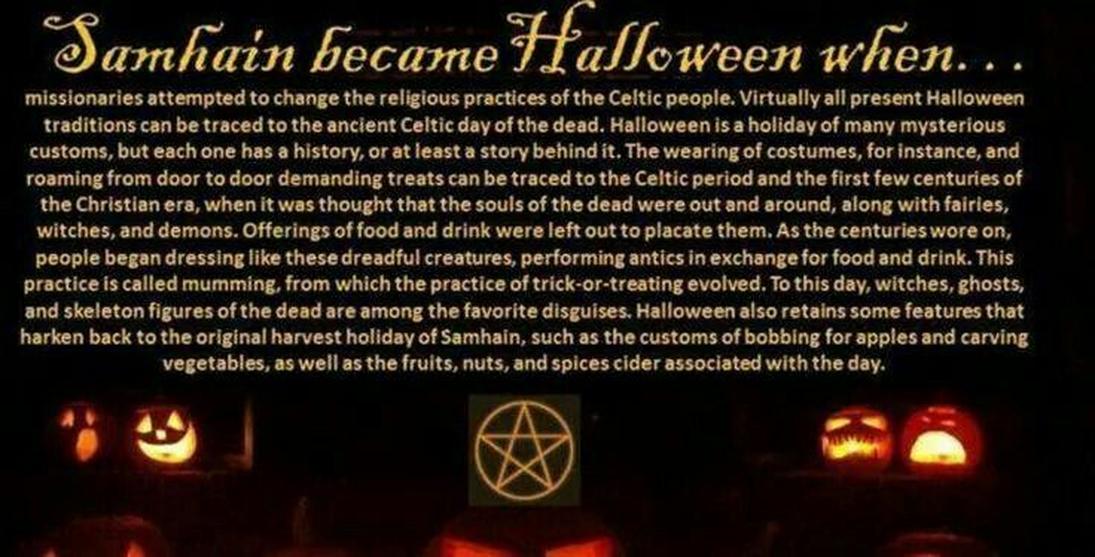
Now, let’s unpack that curious transformation altogether. How did a mysterious, ancient Celtic festival known as Samhain morph into the Halloween we recognize today? And why did the name “Halloween” only catch on centuries later?
First, it’s vital to clear up a common mix-up about Samhain and Halloween. Despite their timing—both tied to the end of October and start of November—and some overlapping customs, they are not one and the same. Halloween isn’t the modern-day Samhain, nor is it a pure evolution of that festival. The two are distinctly different traditions that happen to intersect.
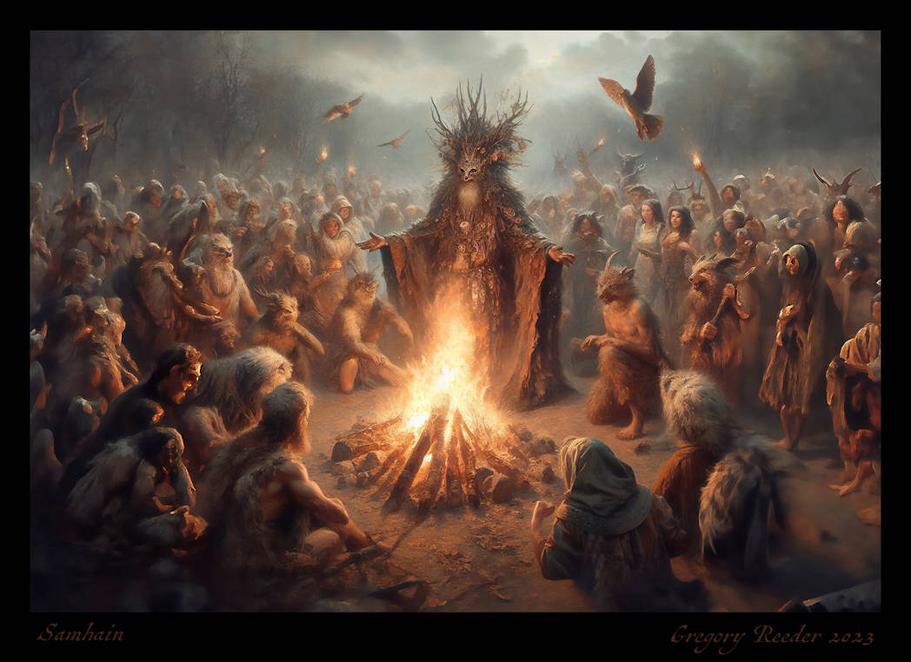
So, what exactly was Samhain then? Sitting deep in the mists of pre-Christian Ireland and Britain, Samhain was more than just a spooky night. Medieval Irish monks describe it as a versatile period involving legal meetings, councils, and feasts that sometimes lasted a week. It was a practical season for wrap-up gatherings marking the end of harvest and the beginning of winter.
Yet, unlike modern Halloween that screams “spooky,” Samhain’s dark reputation is a bit overhyped. Sure, it involved interactions with the otherworldly—contact with spirits—but not the macabre theatricality we associate with a Halloween haunted house. Costuming, carving faces into vegetables, and trick-or-treating-like door-to-door activities appeared much later in early modern times, and even then, they resembled more of a festive caroling tradition rather than frightening antics.
On the flip side, Halloween’s roots angle toward Christianity. The name “Halloween” is a contraction of “All Hallow’s Eve”—the night before All Saints’ Day established in the 10th century by the Catholic Church. This day honors all saints and martyrs and set the stage for a religiously framed celebration on November 1st. Historically, before the 10th century medal was struck, similar celebrations occurred in spring across various European regions, evidencing the fluid nature of festivals in that era.
Here’s where things get riveting: Halloween, as Americans largely know it, is a modern concoction mixing old, new, borrowed, and invented customs. The 20th-century United States played a massive role in popularizing and commercializing Halloween. The holiday picked up steam in American culture with Irish and Scottish immigrants blending their All Hallow’s Eve and Samhain traditions with emerging popular culture inventions. Picture haunted houses and horror movies—pure 20th-century American flair tied to the Halloween season!
Interestingly, Halloween’s explosion in fame happened relatively recently. It took a backseat in Europe for some time until American cultural exports reintroduced it globally. This modern iteration borrowed some post-Christian Samhain customs, merged with Christian traditions, and added ghost stories, costumes, pumpkins, and trick-or-treating to clinch today’s familiar package.
So, why did the name “Halloween” become popular only in the 20th century? Simply put, prior to this, the evening before All Saints Day was primarily a religious observance, referred to by its formal title or regional variants. The secular and festive label “Halloween” gained traction as the holiday shifted toward broad cultural celebration, especially in English-speaking countries, driven by media, commerce, and community festivities.
Think about it: a holiday that started as a saintly vigil, mingled with an ancient harvest festival involving councils and feasts, evolved into a socially commercial event focused on costumes, candy, and spooky fun. This mix illustrates how cultural practices aren’t static walls but lively, blending mosaics.
For curiosity’s sake, what practical takeaway does this hold? If you’re fascinated by Halloween, understanding its layered history can enrich how you celebrate or view the festivities. It also highlights how human customs adapt, sometimes blending spirituality with social gathering, and occasionally, a dash of playful mischief!
If you’re hosting a Halloween party or teaching kids about the origins, share these nuggets. You can explain that although Halloween is spookier, Samhain was more about marking time for community meetings and feasts rather than door-to-door scares. It’s an intriguing fact that Halloween’s eeriness leans more on 20th-century creativity than ancient dread.
In conclusion, Halloween became popularly known as such through the Christian tradition of All Hallow’s Eve—which started in the 10th century—and only achieved modern fame and widespread usage in the 20th century, notably in the United States. While influenced by Samhain’s time of year and some customs, Halloween is really a cultural blend with roots in Christian festivals and newly developed traditions.
Next time you carve a pumpkin or don a costume, know you’re partaking in a complex cultural brew spanning centuries, continents, and beliefs. Isn’t history deliciously layered?
When did the term “Halloween” first come into use?
The name “Halloween” comes from “All Hallow’s Eve,” the night before All Saints’ Day, established by the 10th century in the Christian calendar.
How is Samhain different from Halloween?
Samhain is a pre-Christian Celtic festival involving legal gatherings and feasts. Halloween originates from a Christian holiday and features modern customs like costumes and spooky themes, which Samhain lacked.
When did Halloween become widely popular under this name?
Halloween grew in popularity mainly in the 20th century, especially in the United States, before spreading back to Europe and other regions.
Why did Halloween adopt some Samhain customs?
Some early modern British Isle Samhain practices influenced Halloween. These customs merged with Christian rituals and new traditions to create the Halloween we know today.
Did Halloween always include spooky or macabre elements?
No. The spooky aspects, like haunted houses and horror themes, are fairly modern additions that became linked to Halloween in recent times.
